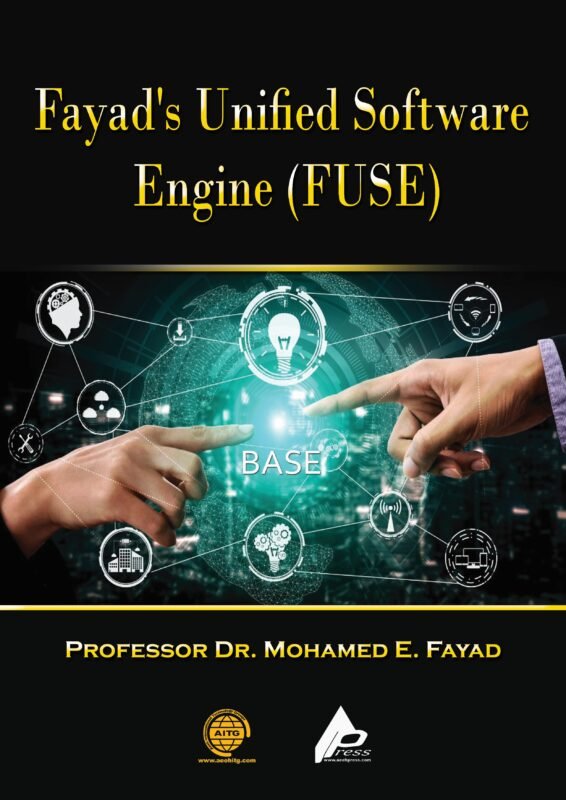
Fayad’s Unified Software Engines (FUSEs) are here to Stay (BASE)
Fayad’s Unified Software Engines (FUSEs) are here to Stay (BASE)
System and Applications Software are out.
Professor Dr. Mohamed E. Fayad
A fuse is a standard device found in any electrical system. Examples include a home, an automobile, a power tool, and many more. The fuse itself is standard and comes in a relatively small number of variants about the required application and the amperage or load the fuse is expected to carry. For a particular application and load, fuses are typically interchangeable. If the FUSE fails, the circuit is open and will not conduct electricity. However, you can plug in a new fuse, complete the course, and resumes operation.
How many software programs are there in the world? Joseph Newcomer, Former Chief Software Architect (1987–2010) and Author have 14.7K replies and 3.7M answer views. Billions. Probably not trillions. But certainly, more than hundreds of millions. Some are one line long. Some are a hundred million lines long. And everything in between.
These software programs have insidious problems, such as Lack of reliability; Lack of stability/unstable; Excessively costly (billions) to build, purchase and operate; Brittle; Software projects that continue to fail at an alarming rate; hardware dependency; maintenance nightmare; etc.
The Ultimate Alternative is Fayad’s Unified Software Engine (FUSE) & what is BASE?
1) Capture the art, science, and engineering of the engine; 2) Capture and develop the engine’s unified and stable functional and non-functional requirements; 3) Develop the ultimate design and unified software architecture on-demand of the engine; 4) The new and improved next generation of solutions; 5) Built on any common core infrastructure, e.g., SaaS infrastructures; 6) Facilitate on-demand, highly reusable architectures and applications with rapid times and open space to the market, starting from requirements to final product delivery; 7) Incorporating qualities such as scalability, adaptability, maintainability, unlimited reuse and applicability, and many more; 8) Stop building instance-oriented systems and reinventing the wheels; 9) Prevent hardware dependencies, etc.

